

As 11th president, Dan Mahony worked to build on Winthrop’s strengths, put students at the forefront of Winthrop’s mission, make the Winthrop experience accessible and affordable, all while helping the university community adapt to the changing realities of public higher education. In his first year he called for a campus-wide effort to develop a strategic plan, the result of which was the Winthrop Plan to create a national model for a student-centered university experience with initiatives to drive enrollment, retention, student success, diversity, and fundraising. Many of the plan goals were achieved early under Mahony’s direction, moving the university forward in such areas as 6-year graduation rate, diversity among faculty/managerial staff, and unrestricted annual giving.

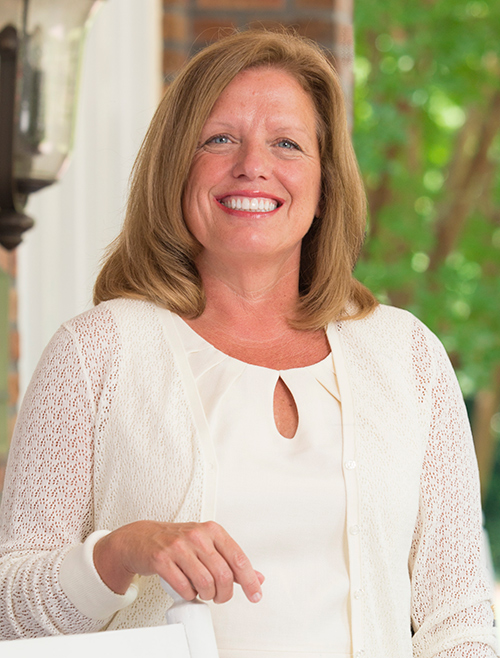
Winthrop's second woman president, Jamie Comstock Williamson, sought to advance the university's commitment to access and quality. She initiated a strategic planning process, placed renewed attention on fundraising, and endorsed a staff assembly to give voice to staff concerns and suggestions.
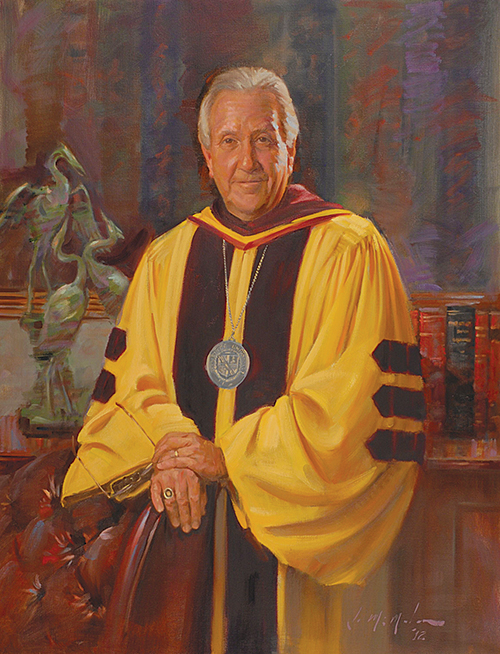
The Winthrop heralded today as among the best institutions of its kind anywhere owes its transformation -- from a regional college with a venerable history to a national-caliber comprehensive university -- to the ninth president, Anthony J. DiGiorgio. DiGiorgio came to the campus in 1989 and began his presidency by articulating a "Vision of Distinction (pdf - 1.54 MB)," an annual work plan that led to numerous achievements over the years. He led the college's conversion to Winthrop University; led the first two capital campaigns in the university's history, raising more than $70 million; and completed a series of impressive capital projects valued at more than $150 million. Upon announcing his retirement, DiGiorgio called his work at Winthrop "the honor of my life."

In 1986 Martha Kime Piper made history by being named Winthrop's first woman president. Under her leadership, a new school, the School of Visual and Performing Arts, was established, bringing together the major arts disciplines in a manner unique in South Carolina. Piper laid the groundwork for campus beautification efforts, and numerous structural renovations which were realized following her death in 1988.

In 1983 Philip Lader joined Winthrop as president, bringing with him a wealth of experience in the private sector. His enthusiastic outreach efforts helped the school to realize record enrollment and unprecedented levels of state and private funding. Academic improvement, cultural events and an enhanced institutional image were other items on the Lader agenda.
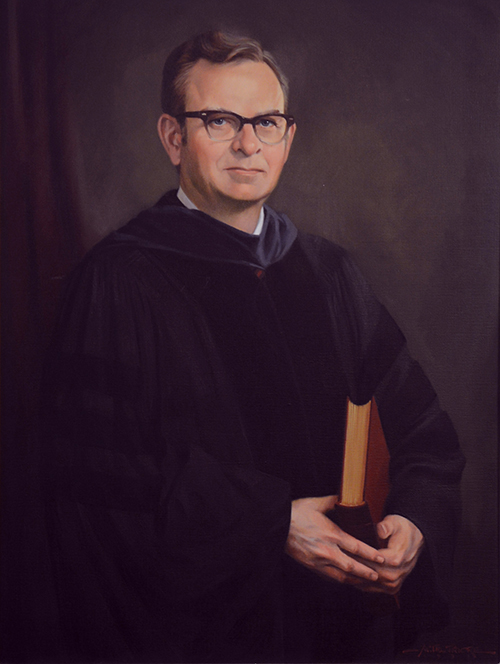
As Charles B. Vail took over the Winthrop presidency in 1973, coeducation, or more specifically the push for unrestricted coeducation, was again the hot topic on the Board of Trustees' agenda. The next year S.C. Governor John C. West signed into law a bill allowing the institution to admit males on an unrestricted basis. Other accomplishments of the Vail administration were placing new emphasis on outreach efforts, including continuing education, internships and cooperative education; encouraging faculty involvement in professional and community activities; expanding Winthrop's business program; organizing men's sports; and beginning construction of the Winthrop Coliseum.
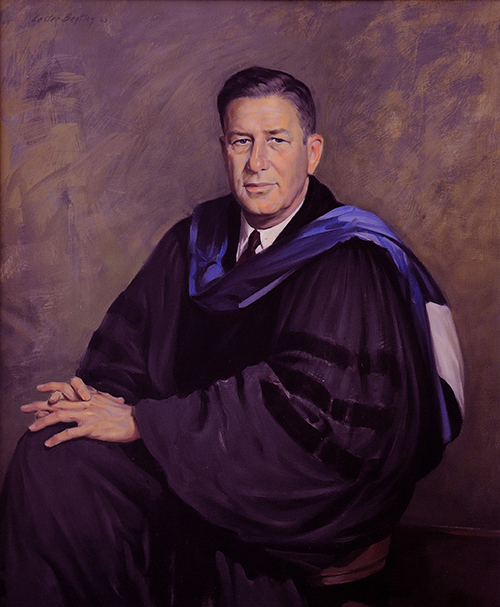
Charles S. Davis was Winthrop's fifth president. Davis orchestrated the gradual closing of Winthrop Training School, the campus laboratory school which had been in operation more than 50 years, and made numerous strides in paving the way for integration and later coeducational efforts. In 1964 Rock Hill native Cynthia Plair Roddey became the first black student on the Winthrop campus. She received her Master of Arts in Teaching degree in 1967. In 1972 a partial coeducation bill, allowing restricted admission of males, was passed.
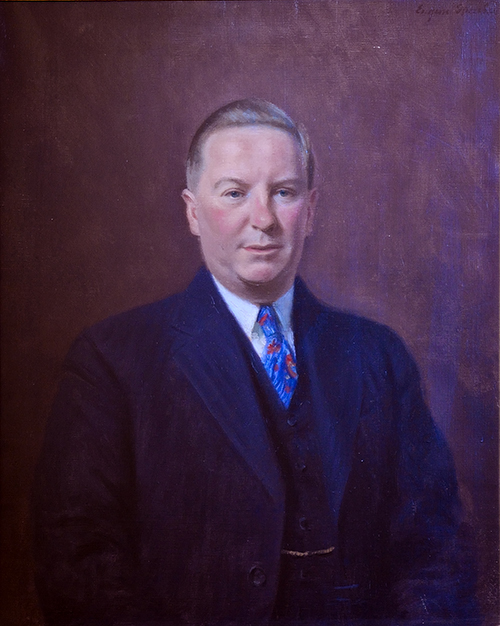
South Carolina legislator Henry R. Sims served as Winthrop's fourth president. Among the accomplishments of the Sims administration were the abolition of the uniform requirement, establishment of freshman entrance exams and college board test, and a near ten-fold increase in the school's financial base. In earlier years, coeducation had first been examined as an alternative to the institution's all-female status. Debate continued throughout the mid-1950s, but stalled after the Board of Trustees was unable to garner necessary support in the legislature.

In 1934 Shelton J. Phelps became Winthrop's third president. He worked to strengthen Winthrop's curriculum and faculty, as well as take advantage of Works Project Administration funds. It was during Phelps' administration that the school served as host to its most famous visitor of that time, Eleanor Roosevelt, who spoke to Winthrop students on April 27, 1940.

Dean of the college under David Bancroft Johnson, James Pinckney Kinard became Winthrop's second president upon the founder's death. Kinard had the difficult task of guiding Winthrop through the Depression. Despite the economic crisis, the Kinard administration saw the expansion of Carnegie Library (now Rutledge Building), planning for the amphitheater, membership in the Southern Association of Colleges and Secondary Schools, and completion of Kinard Building, the main academic facility on campus. After his departure from the presidency, Kinard served as president emeritus until his death in 1951. He remained active on campus during those 17 years, participating in commencements and other official functions, as well as in the academic life of the campus.

Winthrop University grew out of the vision of its founder, David Bancroft Johnson. As superintendent of schools in Columbia, S.C., Johnson was keenly aware of the lack of professionally trained school teachers in the state and felt strongly that a teacher training school was the answer. To establish funding for the school, Johnson went to Robert C. Winthrop, Massachusetts philanthropist and chair of the Peabody Fund. Winthrop shared Johnson's vision and secured the $1500 needed to open Winthrop Training School in 1886. The fledgling school called a carriage house in Columbia its first home. Johnson guided the move to Rock Hill in 1895 and the growth of the campus along Oakland Avenue in subsequent years. Johnson was Winthrop's longest-serving president and was much loved by the institution's numerous alumnae.